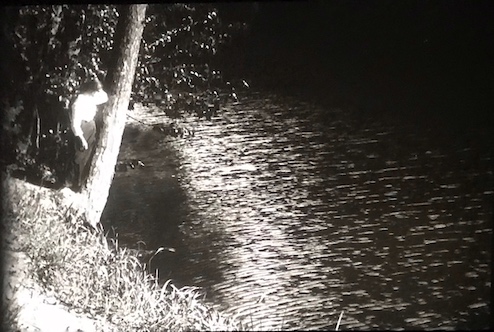Women’s Screenwriting of the 1910s in the Russian Empire
DOI:
https://doi.org/10.17892/app.2022.00015.270Keywords:
Anastasiia Verbitskaia; Mariia Kallash; Anna Mar; Rovdo; Antalek; Russian Empire; early cinema in the Russian Empire; women’s screenwriting; women’s literature; feminism; screenplays; scriptsAbstract
Im Artikel werden von Frauen verfasste Filmdrehbücher der 1910er Jahre im Russischen Kaiserreich chronologisch untersucht. Zunächst werden die ersten Drehbuchautorinnen Makarova und Tat’jana Suchotina-Tolstaja, die am Anfang der 1910er Jahre in Koautorschaft mit den bekannten Autoren (Makarova mit dem Regisseur Vasilij Gončarov; Suchotina-Tolstaja mit ihrem Vater Leo Tolstoj) arbeiteten, und ihre Filme in Betracht gezogen. Dann wird der Film Ključi sčastʹja / Schlüssel zum Glück (Vladimir Gardin, Jakov Protazanov, 1913, Russisches Kaiserreich) nach dem Roman von Anastasija Verbickaja näher behandelt. Verbickajas Film demonstrierte, dass eine Drehbuchautorin eine selbständige Autorin sein kann und diente als Impuls für die Entwicklung der Frauenfilmdramaturgie im Russischen Kaiserreich, deren Aufschwung in der zweiten Hälfte der 1910er Jahre begann, und prägte bestimmte Erwartungen von auf weiblichen Drehbüchern basierenden Filmen. Maria Kallaš, die an den Drehbüchern zu den Verfilmungen des russischen literarischen Kanons 1913 arbeitete, kritisierte Verbickajas Text als pseudofeministisch und behauptete in ihrem Essay „Ženskie kabare“ („Frauenkabarett“), dass Frauenliteratur noch „keine eigene Sprache“ habe (1916). Anna Mar begann ihre Arbeit im Kino 1914, parallel zu Verbiсkajas Nachfolgerinnen, und konzentrierte sich in ihren Filmen auf die soziale Problematik – die Stellung moderner Frauen in der Gesellschaft. Damit eröffnete Mar eine neue Entwicklungsperspektive für das weibliche Drehbuchschreiben.

Downloads
Published
How to Cite
Issue
Section
License
Copyright (c) 2022 Apparatus. Film, Media and Digital Cultures of Central and Eastern Europe

This work is licensed under a Creative Commons Attribution 4.0 International License.
The articles in Apparatus are published under https://creativecommons.org/licenses/by/4.0/ This license does not apply to the media referenced, which are subject to the individual rights owner's terms.
The authors hold the copyright without restrictions and retain publishing rights without restrictions.





